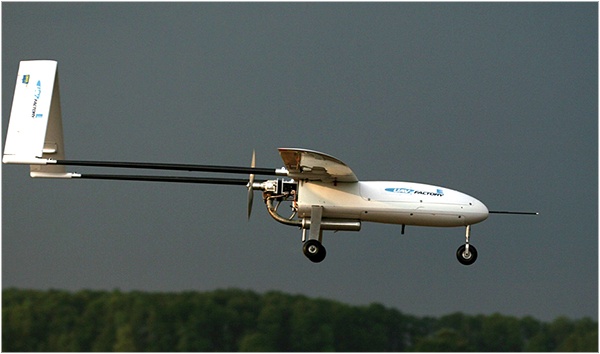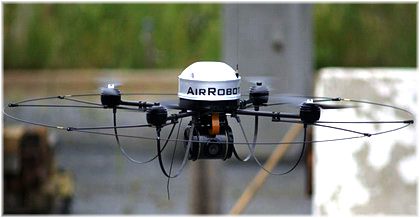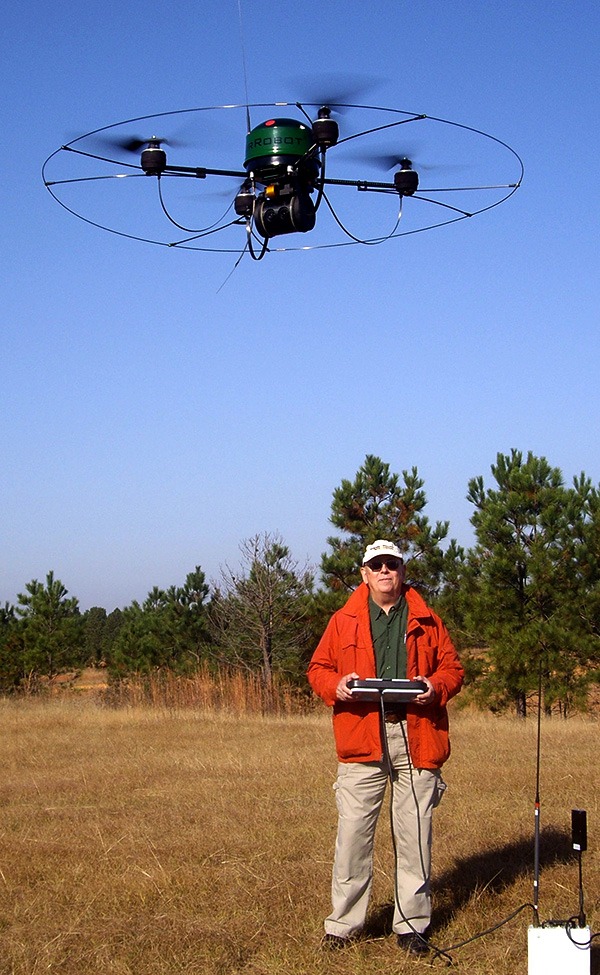by Dave Price.png)
Things Your Department Should Know About Unmanned Aircraft (Drones)
One of the hottest technologies going right now is the Unmanned Aircraft — also known as UAV (unmanned air vehicle), UAS (unmanned air system), or “drone” as labeled in the popular press. Once strictly a military asset, commercial UAS have become more common in recent years. They offer a multitude of benefits to police, fire, EMS, and other first responders who need the overhead view of a site. This is readily available to departments with helicopter units, but what about the other tens of thousands of departments without the million-dollar budgets required for a helicopter? Enter the small UAS—much less costly, transportable in a response vehicle or even the trunk of a patrol car, ready to deploy on site quickly. Some require a highly trained specialized operator and others are simple enough for anyone to use (with a little training and practice). Sound attractive? Well, there are many manufacturers that would like to sell you a system that meets your needs.
As with any major purchase, it’s a good idea to do some research so you can make good decisions that will ensure a good fit between your intended operators and their mission. This research can be done several ways: the Internet is always good but time-consuming; contacting other departments is great and can get you an unbiased review of the system(s) they may be using; trade shows are a good way to see, handle, and sometimes get to try out the hardware with the manufacturer there to answer questions you will certainly have.
Internet:
Searching the Internet, or “data mining,” is actually an art and some have better results than others. Remember that what you get from a manufacturer may not be as objective (they want you to buy their UAS, right?) than from other sources. But the Internet is a great place to start immediately with your research.
Contacting Other Departments:
You may have already read about other departments operating UAS, and you should contact them for their recommendations and success stories. One department that has been breaking new ground in law enforcement UAS use is the Miami-Dade Metropolitan Police Department (Miami, FL). They have gained a lot of experience with not only the technical issues but in how to navigate the complex federal regulations concerning UAS. Searching for “Miami Dade Police UAV” produced a lot of results, including this video showing officers using their micro Air Vehicle: http://www.nbcmiami.com/news/local/Miami-Dade-Police-Departments-Drones-...
Trade Shows:
When this issue is published online, there won’t be much time before the grand-daddy of all unmanned systems shows, AUVSI’s Unmanned Systems 2013: http://www.auvsishow.org/auvsi13/public/enter.aspx. AUVSI is the Association of Unmanned Vehicle Systems International and, as the name implies, includes not only unmanned air vehicles but all types of unmanned systems, including ground robots. This year the show is in Washington, D.C., from 12-15 August. If you are able to attend, have your questions ready and be prepared to see things you never dreamed of. Best results are when the operator of the intended system is allowed to attend and be a part of the decision-making process.
Here is a quick word about types of unmanned air systems—fixed wing vs. rotary wing. A “Fixed Wing” UAV is like a typical airplane, having two wings and a engine/motor for propulsion. Larger UAS will have an internal combustion (IC) Engine for longer endurance. Some typical missions for a fixed wing UAS are:
• Large Area ISR
• Target location, tracking
• Search and Rescue
The “Rotary Wing” is typically smaller and includes single-rotor helicopters and the multi-rotor “quadcopters and hex-copters” which are becoming popular. These are typically electric-powered and have less endurance but simpler setup and faster deployment. Typical missions for a rotary wing UAS are:
• Persistent Stare/Hovering ISR
• Incident Surveillance
• Bomb investigation
• Accident Investigation
Examples of fixed wing and rotary wing UAS are shown. The fixed wing UAS has IC engine (for endurance) with engine behind the fuselage in a “pusher” configuration. This allows a camera payload to be mounted in front without being blocked by the engine and propeller.

Figure 1 "Penguin B" UAV from UAV Factory Ltd.

Figure 2 "AR 100B" UAV from Air Robot
In this brief summary, it’s assumed that a camera of some type (daylight, infrared, hyper spectral—still image or video) will be the sensor or payload. There are other sensors available—see these at AUVSI, too—but the camera is by far the most common.
There is one really outstanding resource available to the first responder who wants a concise evaluation of UAS. This is “First To Deploy—Unmanned Aircraft for SAR & Law Enforcement” by Gene Robinson. Order this electronic book in either .PDF media or for the “Nook” or “Kindle.” It is concise and easy-to-read and has everything you need to know about what kind of UAV is best for your mission. Here is the link: http://www.suasnews.com/first-to-deploy/
In the next installment, we’ll assume you have selected an unmanned air vehicle/system. Now it’s time to go fly and use it for your mission. But wait! There’s the Federal Aviation Administration and their regulations. We’ll tell you how to get off to a good start with the FAA and how your department can become approved for UAV operations as quickly and safely as possible. Be safe out there!
Dave Price is Senior Research Technologist at the Georgia Tech Research Institute in Atlanta, Georgia. He has 20 years’ experience with unmanned aircraft and 35 years as a researcher for Georgia Tech. Mr. Price flies both fixed wing and rotary-wing UAS for GTRI. He works closely with FAA to obtain Certificates of Authorization for approval to operate UAS in the national airspace system. He recently flew the AirRobot 100 in support of Barbour County (AL) SWAT at the SETAC test site in Eufaula, AL, where unmanned air and ground systems were used in a simulated school shooting exercise.









